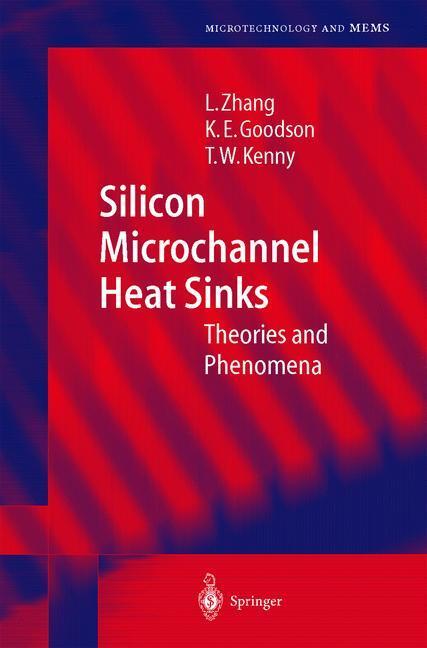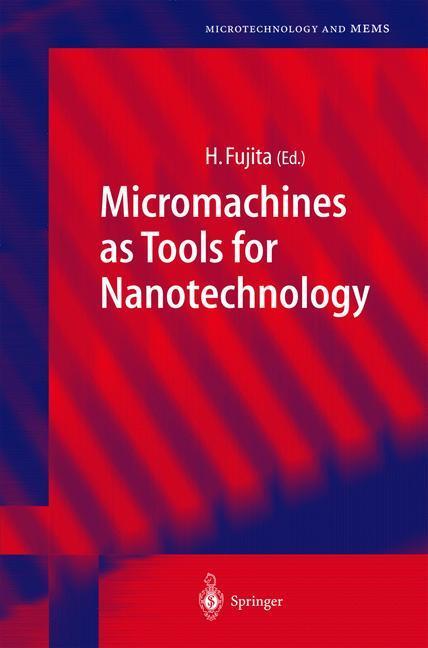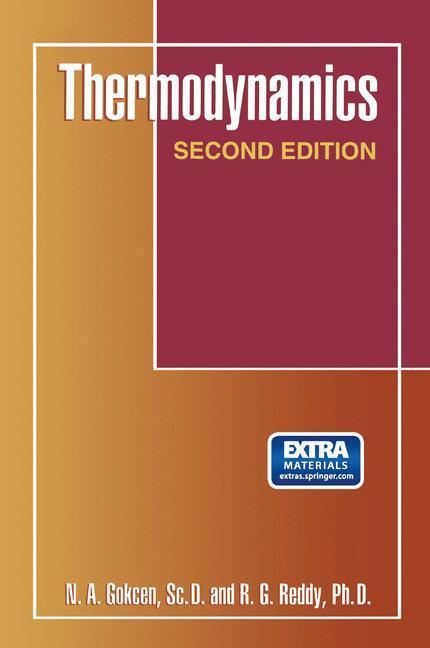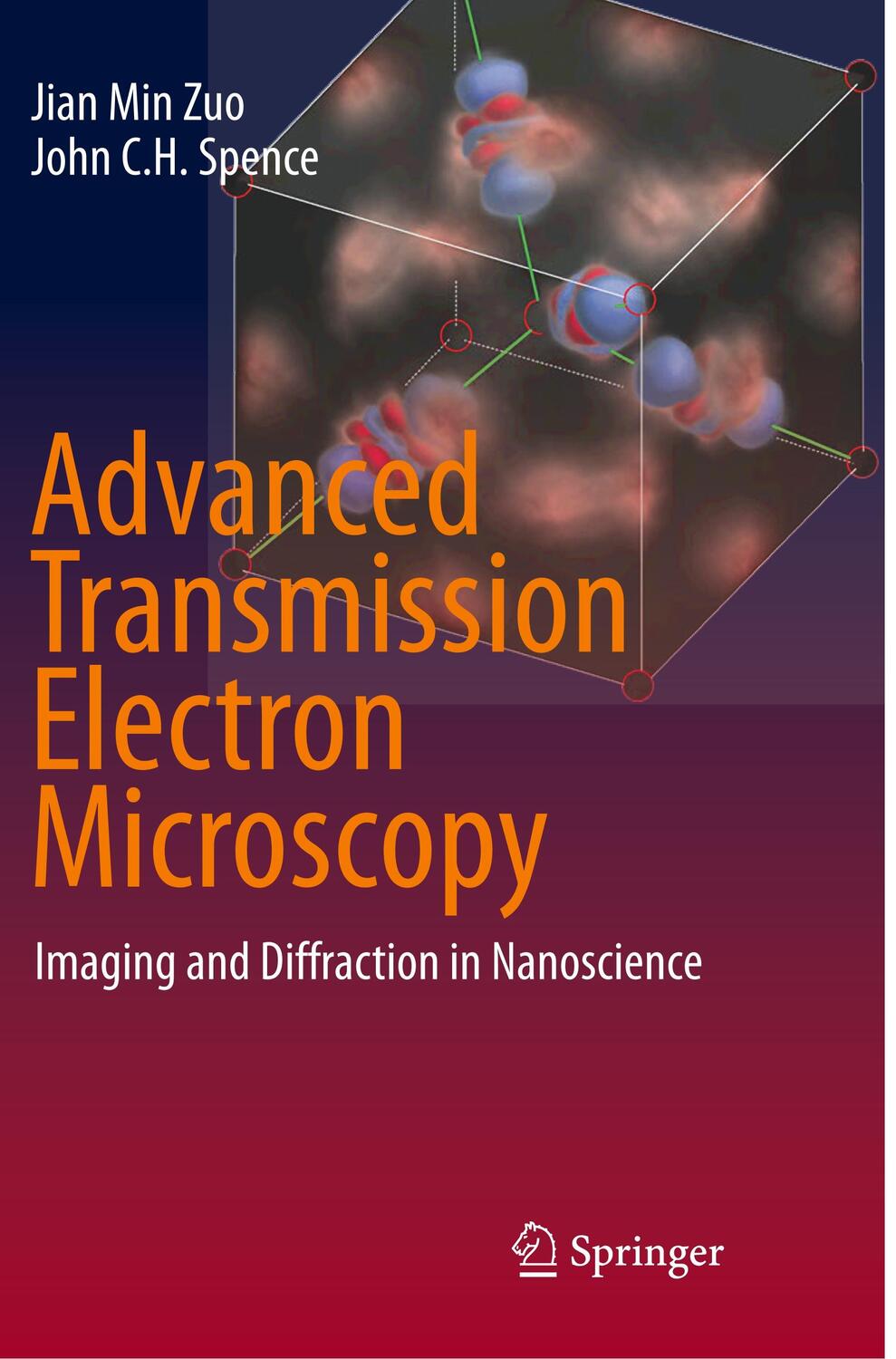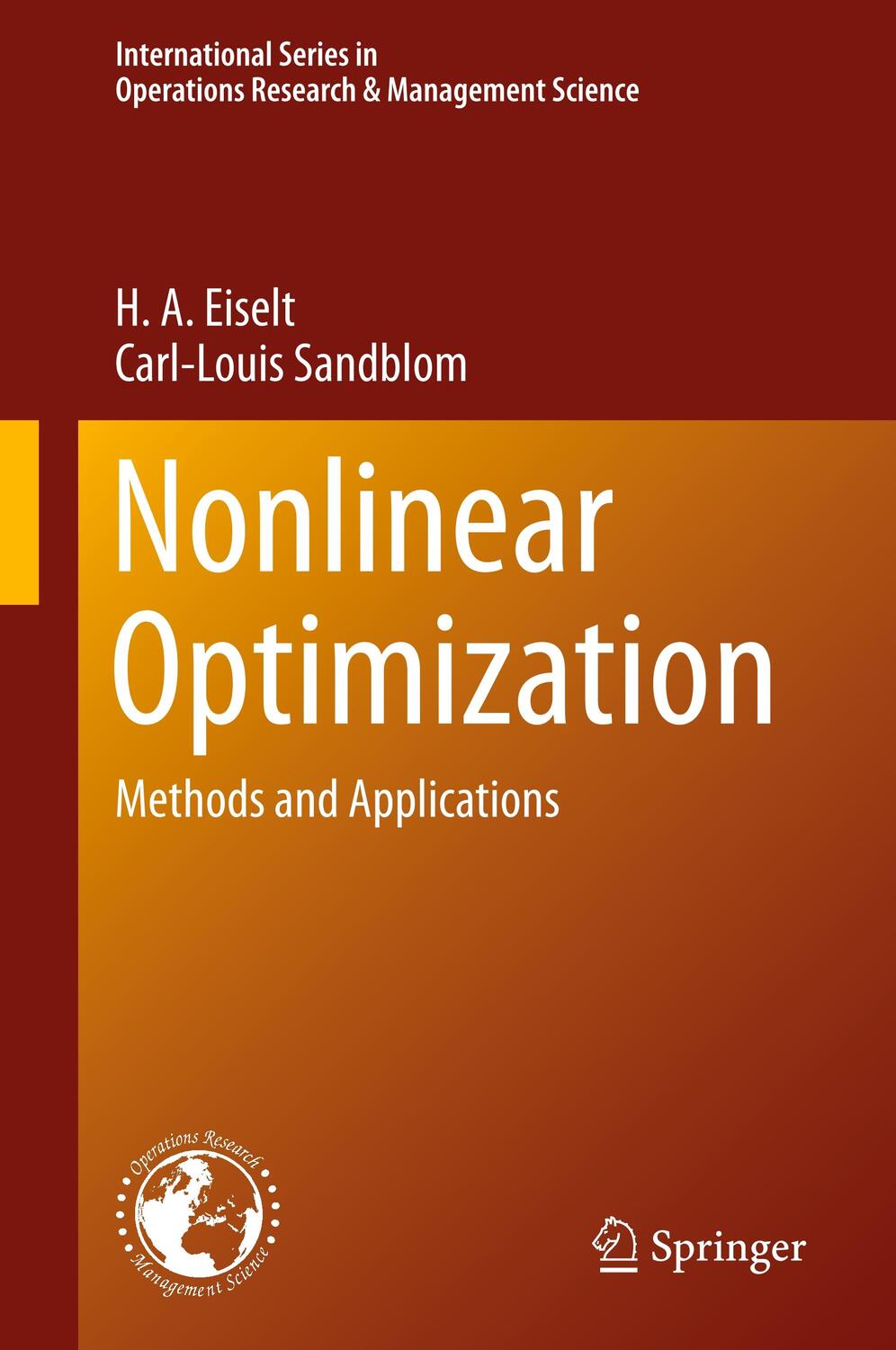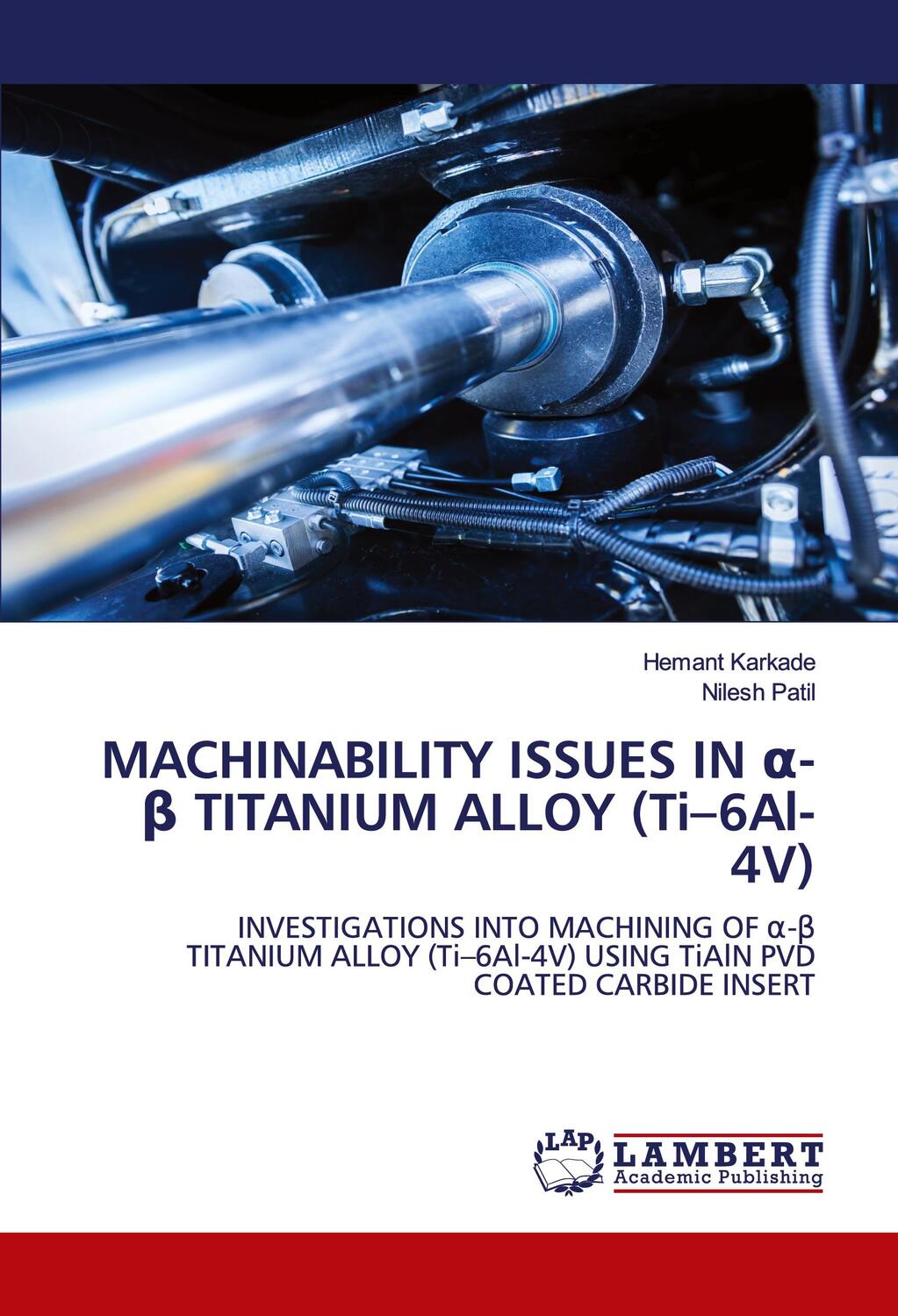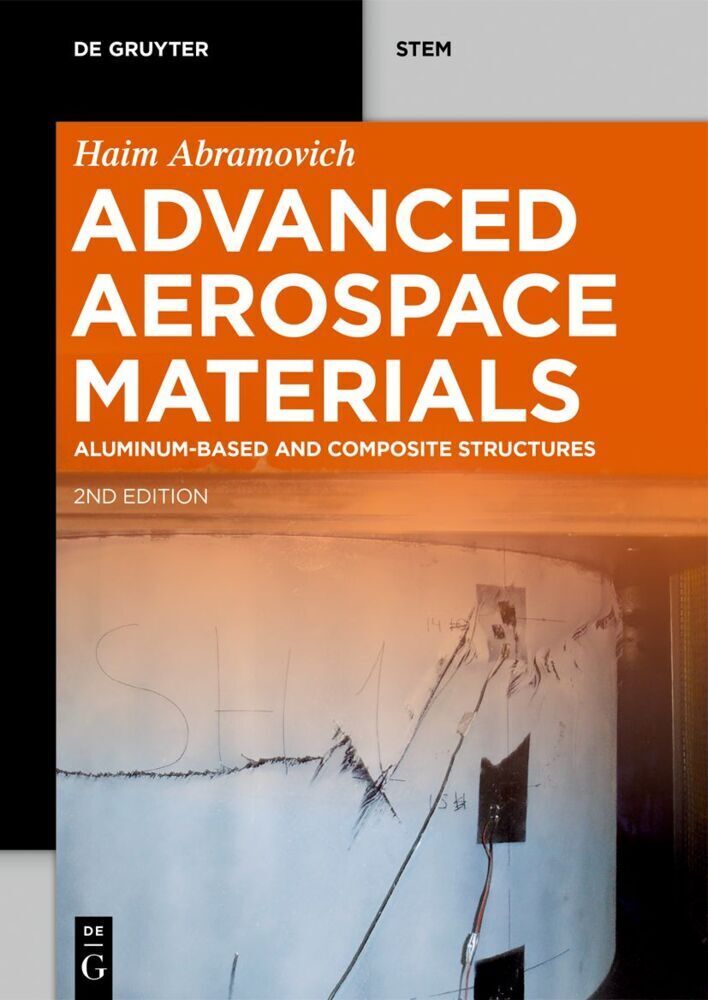Dekorationsartikel gehören nicht zum Leistungsumfang.
Sprache:
Englisch
106,99 €*
Versandkostenfrei per Post / DHL
Aktuell nicht verfügbar
Kategorien:
Beschreibung
There is significant current interest in new technologies for IC (Integrated Circuit) cooling, driven by the rapid increase in power densities in ICs and the trend towards high-density electronic packaging for applications throughout civilian and military markets. In accordance with Moore's Law, the number of transistors on 6 Intel Pentium microprocessors has increased from 7.5 x10 in 1997 (Pentium II) to 6 55 x10 in 2002 (Pentium 4). Considering the rapid increase in the integration density, thermal management must be well designed to ensure proper functionality of these high-speed, high-power chips. Forced air convection has been traditionally used to remove the heat through a finned heat sink and fan module. 2 Currently, with 82 W power dissipation rate, approximately 62 W/cm heat flux, from a Pentium 4 processor with 3.06 GHz core frequency, the noise generated from high rotating speed fans is approaching the limit of acceptable level for humans. However, the power dissipation from a single cost-performance chip is 2 expected to exceed 100 W/cm by the year 2005, when the air cooling has to be replaced by new cooling technologies. Among alternative cooling methods, the two-phase microchannel heat sink is one of the most promising solutions. Understanding the boiling process and the two-phase flow behavior in microchannels is the key to successful implementation of such a device.
There is significant current interest in new technologies for IC (Integrated Circuit) cooling, driven by the rapid increase in power densities in ICs and the trend towards high-density electronic packaging for applications throughout civilian and military markets. In accordance with Moore's Law, the number of transistors on 6 Intel Pentium microprocessors has increased from 7.5 x10 in 1997 (Pentium II) to 6 55 x10 in 2002 (Pentium 4). Considering the rapid increase in the integration density, thermal management must be well designed to ensure proper functionality of these high-speed, high-power chips. Forced air convection has been traditionally used to remove the heat through a finned heat sink and fan module. 2 Currently, with 82 W power dissipation rate, approximately 62 W/cm heat flux, from a Pentium 4 processor with 3.06 GHz core frequency, the noise generated from high rotating speed fans is approaching the limit of acceptable level for humans. However, the power dissipation from a single cost-performance chip is 2 expected to exceed 100 W/cm by the year 2005, when the air cooling has to be replaced by new cooling technologies. Among alternative cooling methods, the two-phase microchannel heat sink is one of the most promising solutions. Understanding the boiling process and the two-phase flow behavior in microchannels is the key to successful implementation of such a device.
Zusammenfassung
Heat sinks is a topic related to functioning of electronic microdevices
This topic is systematically presented in this book for the first time
Includes supplementary material: [...]
Inhaltsverzeichnis
1 Introduction.- 2 Two-phase Microchannel Heat Sinks: Problems and Challenges.- 3 A Thermal Experimental System with Freestanding Microchannels.- 4 Measurements and Modeling of Two-phase Flow in Microchannels.- 5 Boiling Regimes and Transient Signals Associated with the Phase Change.- 6 Enhanced Nucleate Boiling in Microchannels.- 7 Conclusions.- Appendix A: Process Flow Chart for Single-channel Devices with Combined Heater and Thermometers.- Appendix B: Process Flow Chart for Single-channel Devices with Separate Heater and Thermometers.- References.
Details
| Erscheinungsjahr: | 2003 |
|---|---|
| Fachbereich: | Elektrizität/Magnetismus/Optik |
| Genre: | Physik |
| Rubrik: | Naturwissenschaften & Technik |
| Medium: | Buch |
| Seiten: | 156 |
| Reihe: | Microtechnology and MEMS |
| Inhalt: |
ix
141 S. 92 s/w Illustr. 4 farbige Illustr. 141 p. 96 illus. 4 illus. in color. |
| ISBN-13: | 9783540401810 |
| ISBN-10: | 3540401814 |
| Sprache: | Englisch |
| Ausstattung / Beilage: | HC runder Rücken kaschiert |
| Einband: | Gebunden |
| Autor: |
Zhang, Lian
Kenny, Thomas W. Goodson, Kenneth E. |
| Auflage: | 2004 |
| Hersteller: |
Springer-Verlag GmbH
Springer Berlin Heidelberg Microtechnology and MEMS |
| Maße: | 241 x 160 x 15 mm |
| Von/Mit: | Lian Zhang (u. a.) |
| Erscheinungsdatum: | 26.11.2003 |
| Gewicht: | 0,435 kg |
Zusammenfassung
Heat sinks is a topic related to functioning of electronic microdevices
This topic is systematically presented in this book for the first time
Includes supplementary material: [...]
Inhaltsverzeichnis
1 Introduction.- 2 Two-phase Microchannel Heat Sinks: Problems and Challenges.- 3 A Thermal Experimental System with Freestanding Microchannels.- 4 Measurements and Modeling of Two-phase Flow in Microchannels.- 5 Boiling Regimes and Transient Signals Associated with the Phase Change.- 6 Enhanced Nucleate Boiling in Microchannels.- 7 Conclusions.- Appendix A: Process Flow Chart for Single-channel Devices with Combined Heater and Thermometers.- Appendix B: Process Flow Chart for Single-channel Devices with Separate Heater and Thermometers.- References.
Details
| Erscheinungsjahr: | 2003 |
|---|---|
| Fachbereich: | Elektrizität/Magnetismus/Optik |
| Genre: | Physik |
| Rubrik: | Naturwissenschaften & Technik |
| Medium: | Buch |
| Seiten: | 156 |
| Reihe: | Microtechnology and MEMS |
| Inhalt: |
ix
141 S. 92 s/w Illustr. 4 farbige Illustr. 141 p. 96 illus. 4 illus. in color. |
| ISBN-13: | 9783540401810 |
| ISBN-10: | 3540401814 |
| Sprache: | Englisch |
| Ausstattung / Beilage: | HC runder Rücken kaschiert |
| Einband: | Gebunden |
| Autor: |
Zhang, Lian
Kenny, Thomas W. Goodson, Kenneth E. |
| Auflage: | 2004 |
| Hersteller: |
Springer-Verlag GmbH
Springer Berlin Heidelberg Microtechnology and MEMS |
| Maße: | 241 x 160 x 15 mm |
| Von/Mit: | Lian Zhang (u. a.) |
| Erscheinungsdatum: | 26.11.2003 |
| Gewicht: | 0,435 kg |
Warnhinweis

